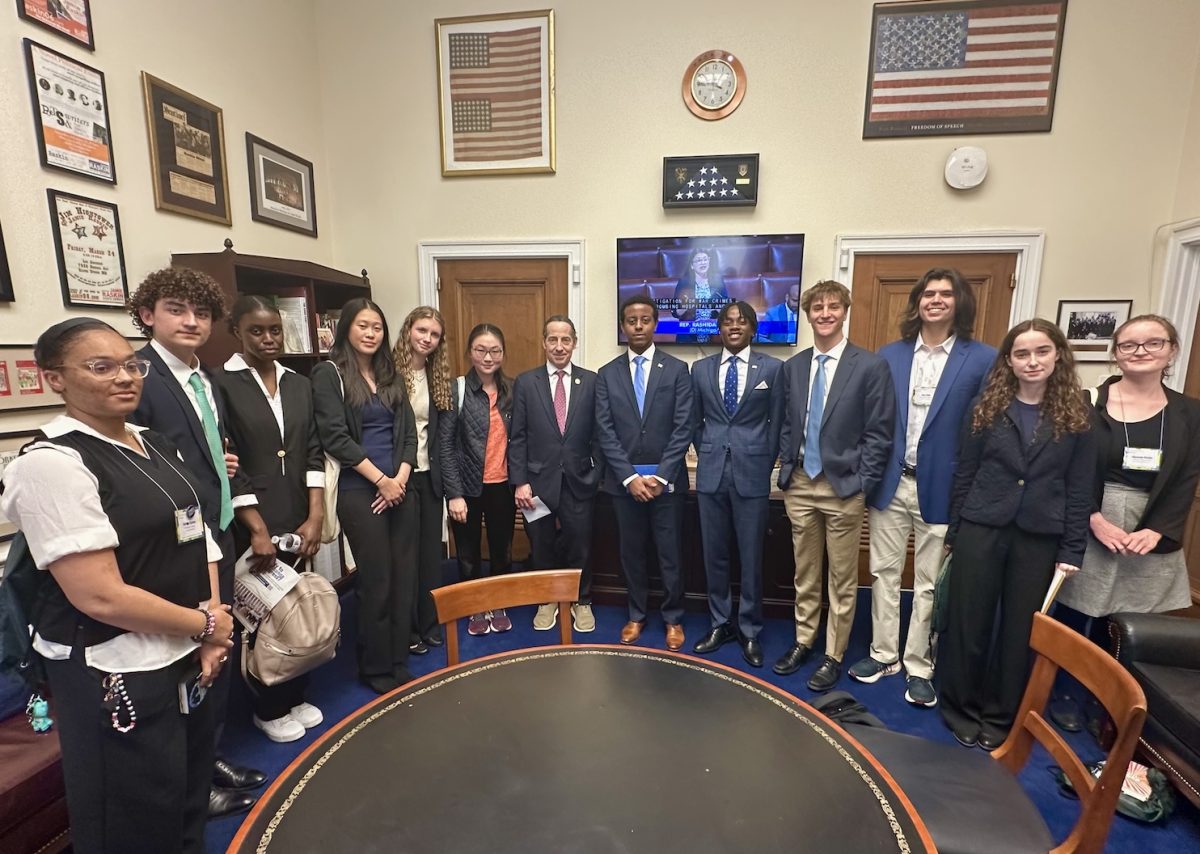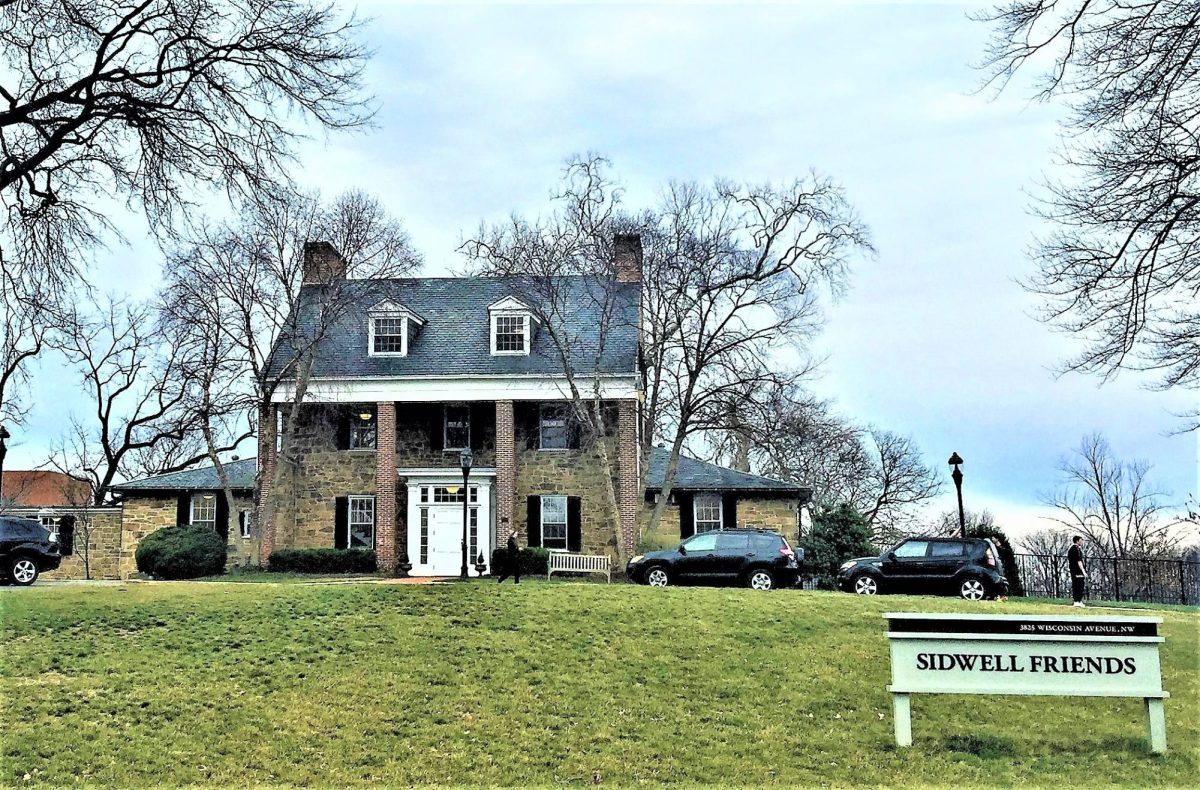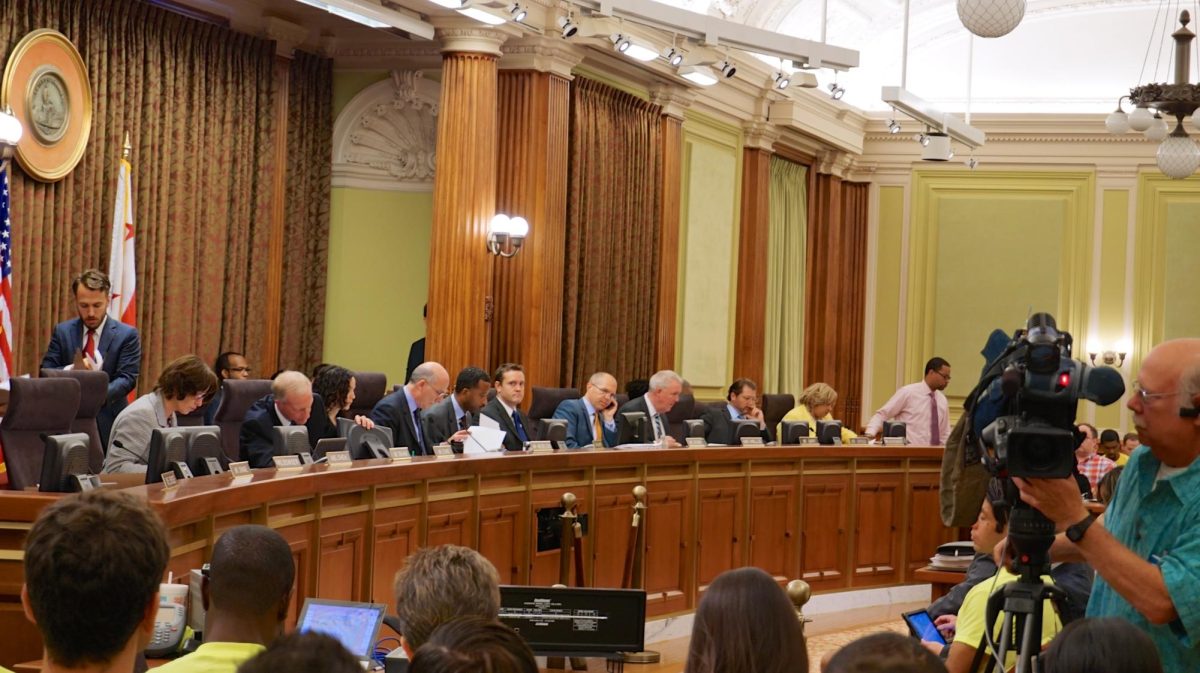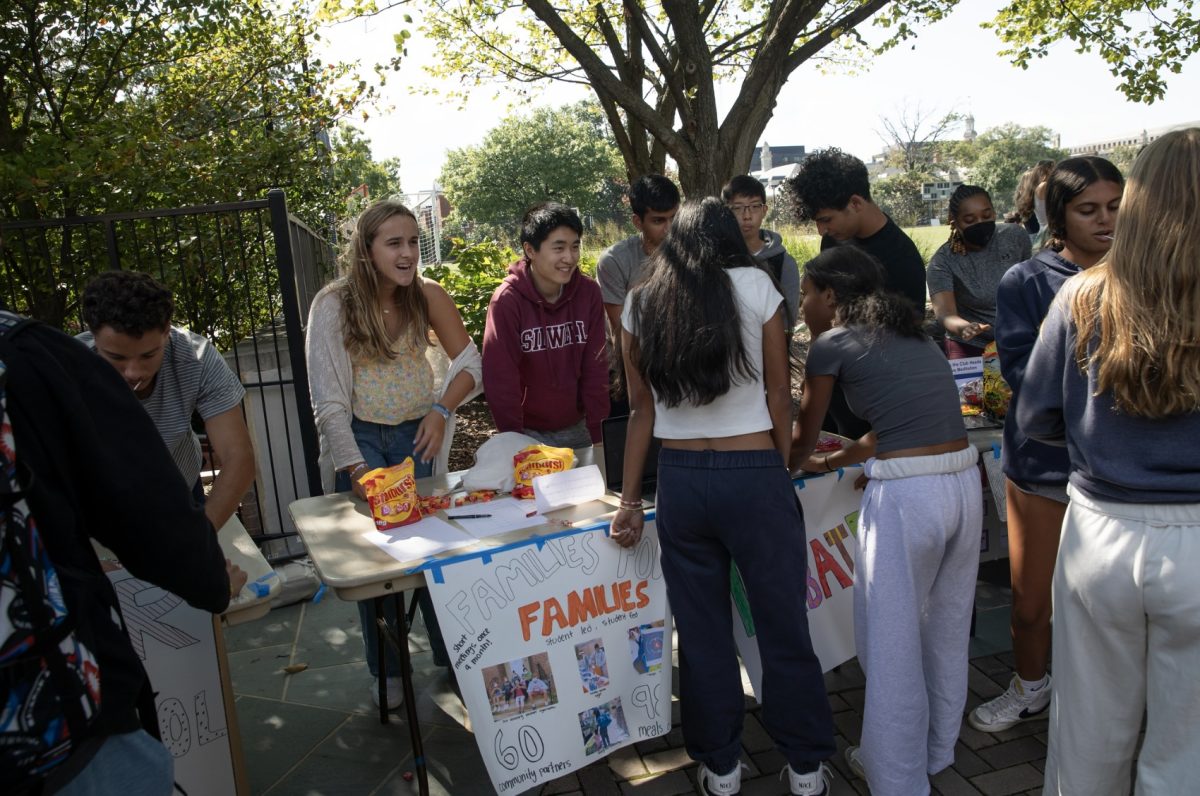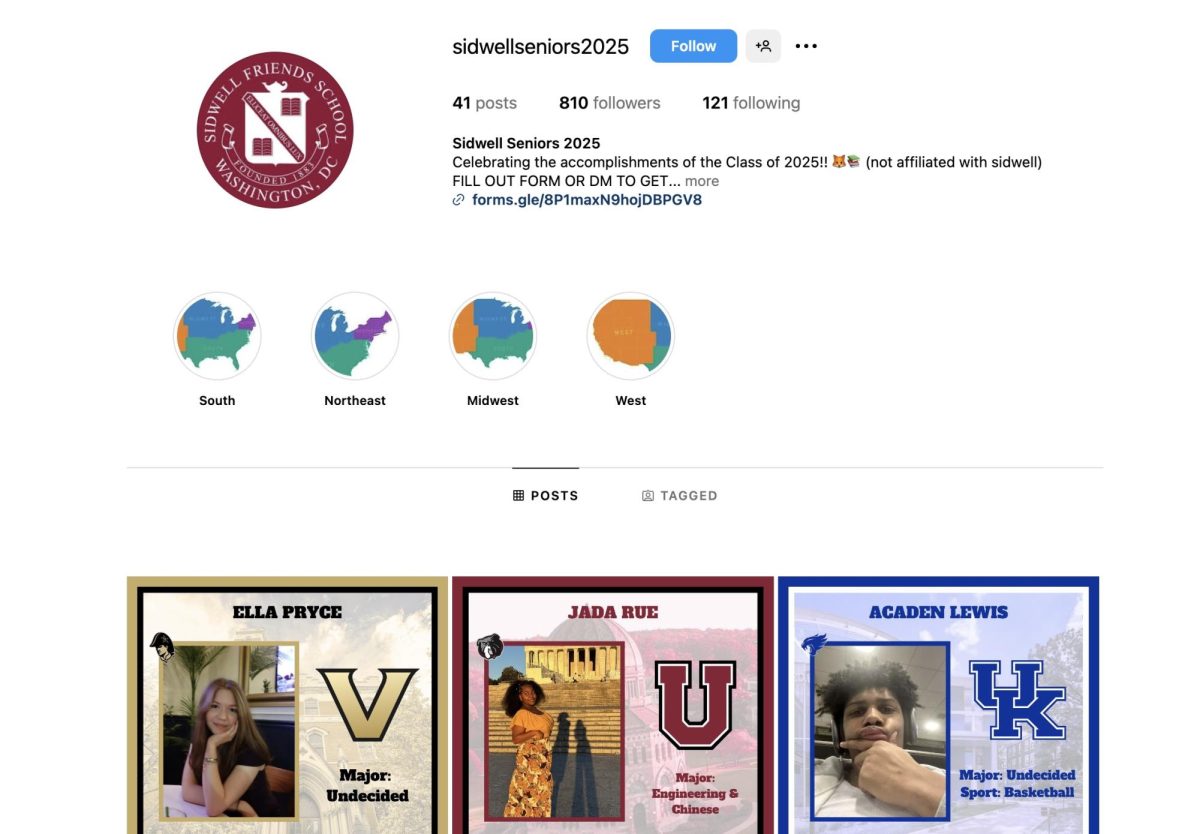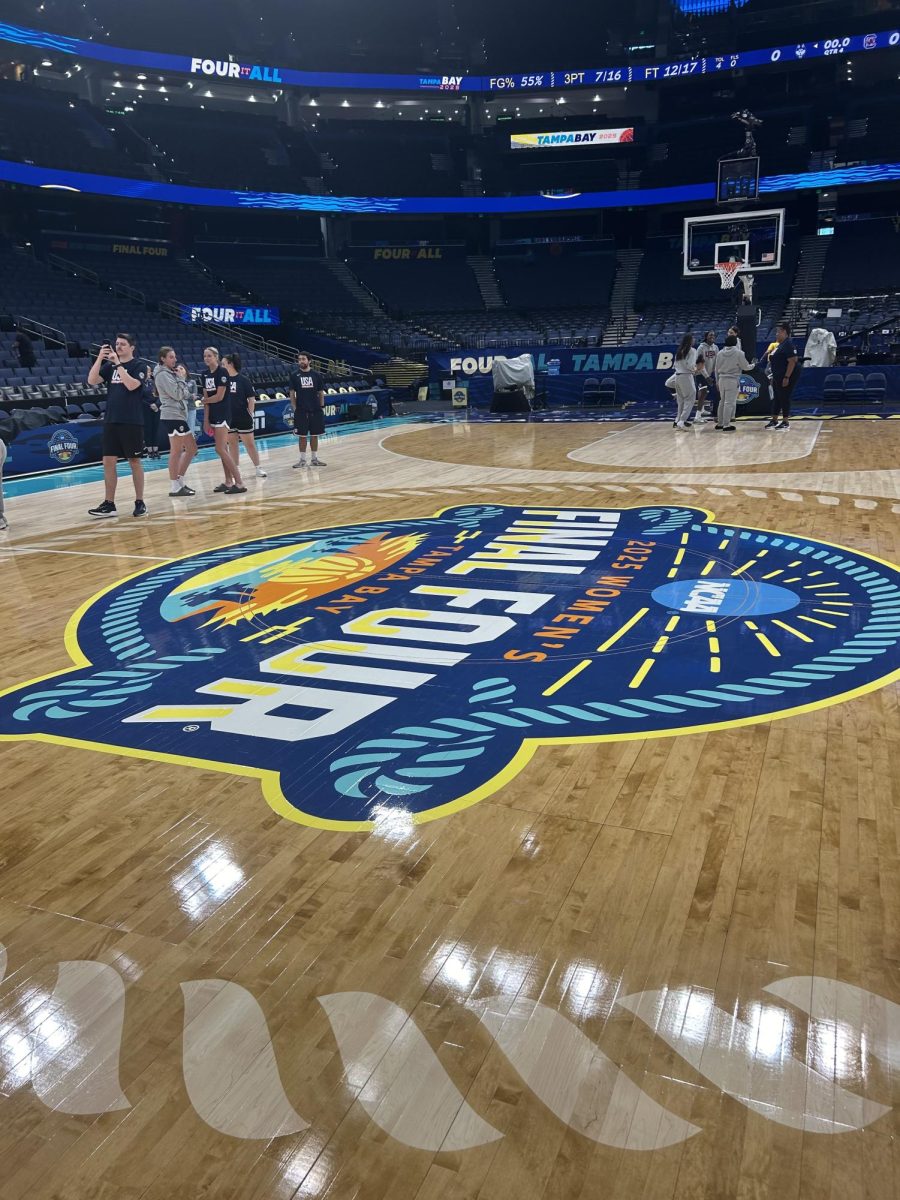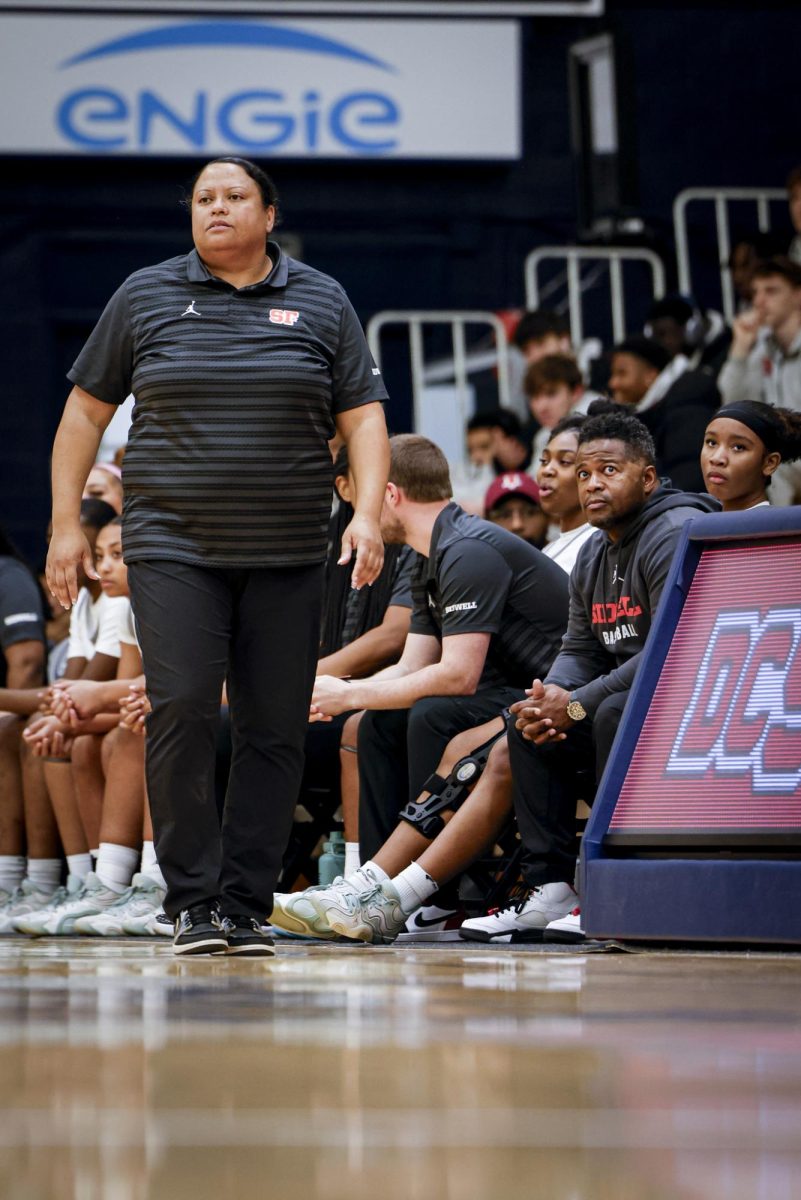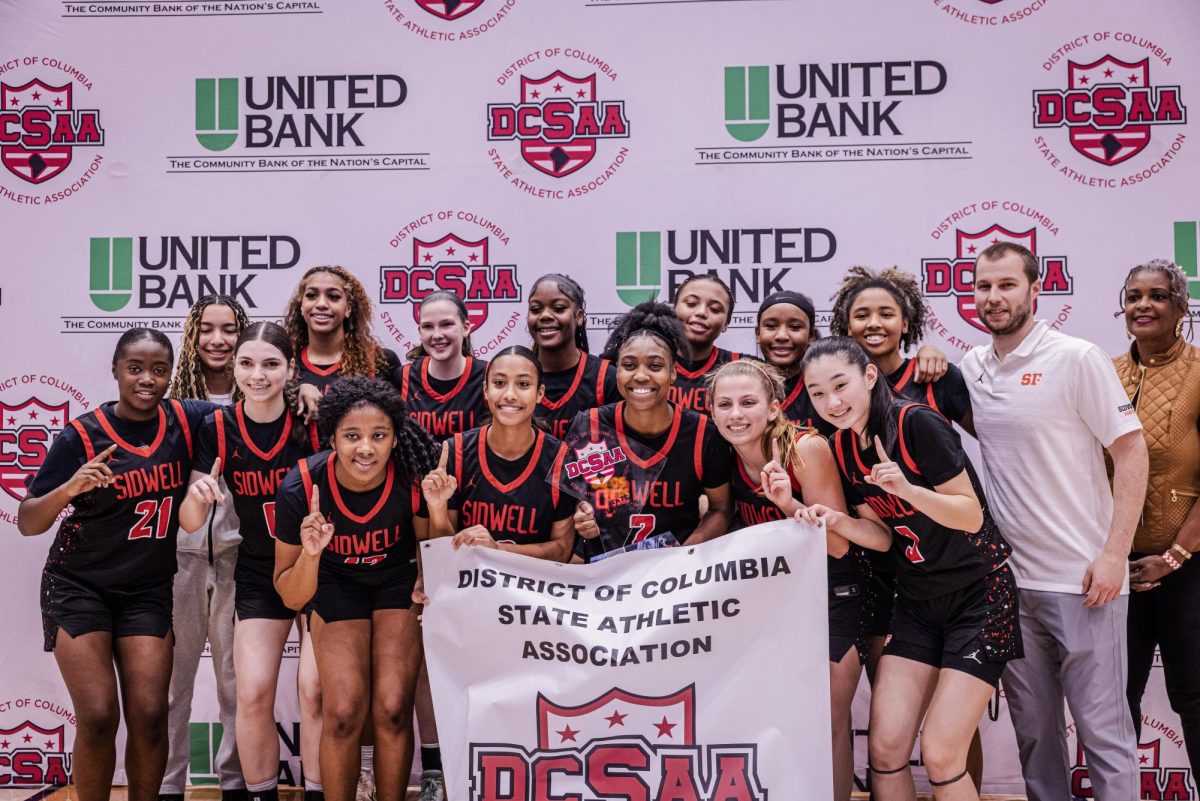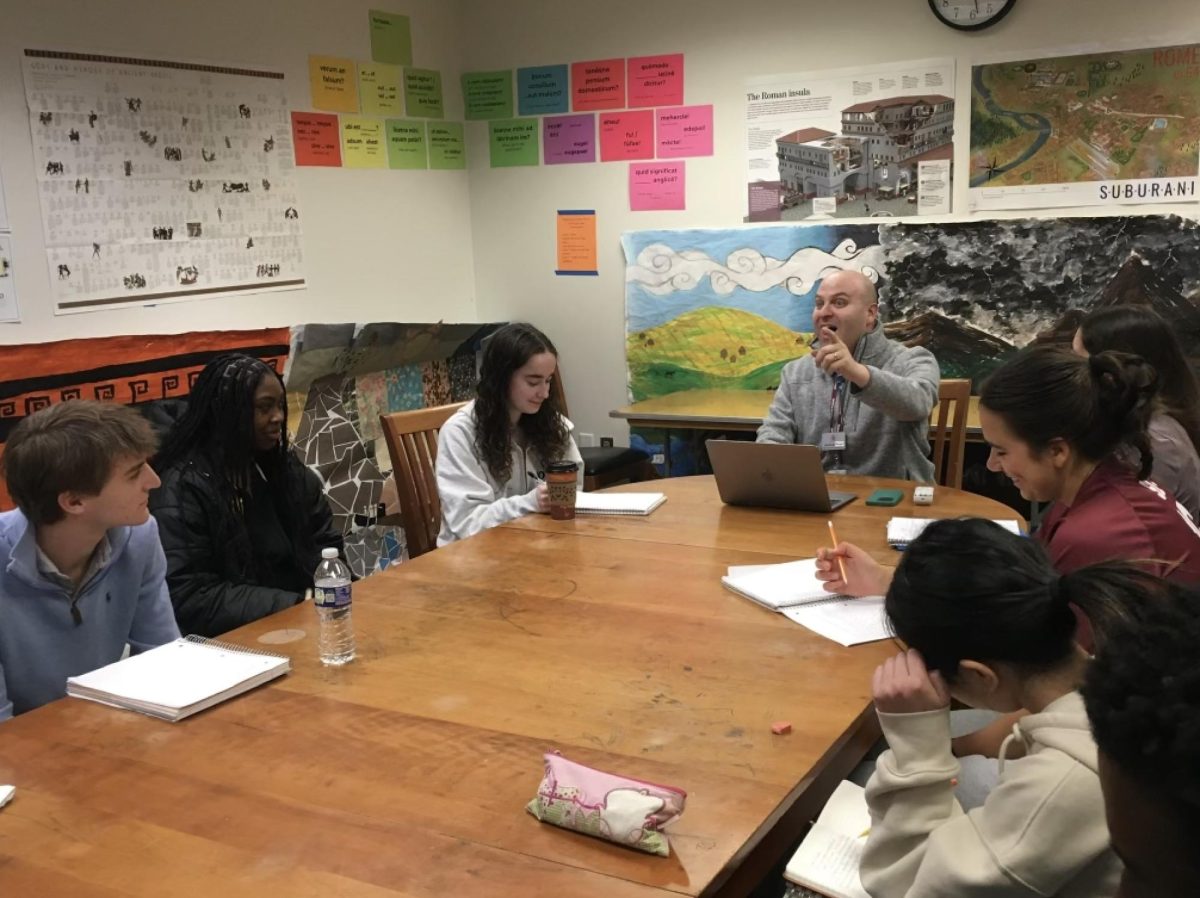At Sidwell, the wide range of interests and identities within the student body is reflected in the 109 active clubs listed on the Student Life Canvas page. While this impressive array of clubs indicates the many opportunities offered to students, it also presents an opportunity for improvement that could lead to greater club engagement and community involvement. Given that there are only 523 students in the Upper School, having so many clubs leads to an overlap in club focus and target audiences. Our club system’s current structure allows various identities and interests to be explored and pursued, including academic subjects, hobbies, cultural groups and social causes. This diversity is a strength that reflects many of the school’s values; however, the redundancy in club offerings can lead to fragmentation within our community. For instance, the plethora of finance-related clubs splits an already small group of interested students into even more minor factions, each competing for the same members, leadership roles and interests. This fragmented approach limits each club’s potential outreach and hinders the community’s strength surrounding those interests.
A potential solution to this problem would be to streamline these similar clubs into one or two clubs that encompass multiple related subject matters. For example, by combining similar economic and finance-related clubs, students interested in these subjects would have the chance to engage in more extensive discussions, share ideas and collaborate on projects that they might not have been able to pursue in smaller, more niche groups. This consolidation could increase membership and attendance, as students would feel part of a larger community of like-minded people. Additionally, a reduced number of clubs could lead to the organization of more meaningful and unique events, whether club-exclusive competitions or schoolwide presentations. Instead of competing for attendance at club meetings, members could collaborate to set up and engage with these opportunities. Building off the idea of consolidating members, combining clubs would also help simplify administrative tasks for students and faculty. With fewer clubs, there would be less bureaucracy to manage. Also, with fewer clubs to coordinate, planning events and promoting activities through the administration and faculty would be much more plausible. This streamlining could improve the administration’s ability to help with event planning and scheduling, allowing for more efficient use of resources and time.



